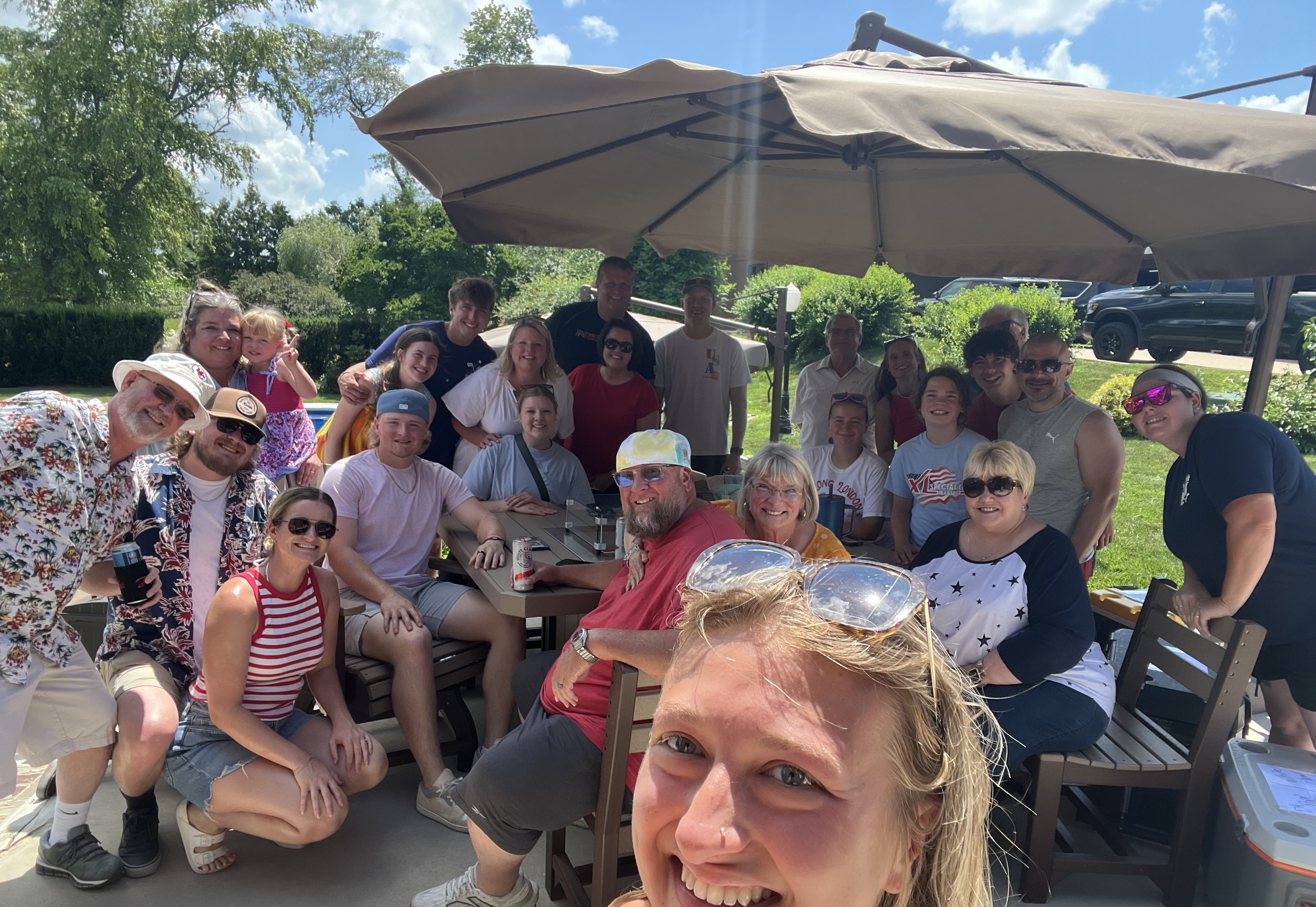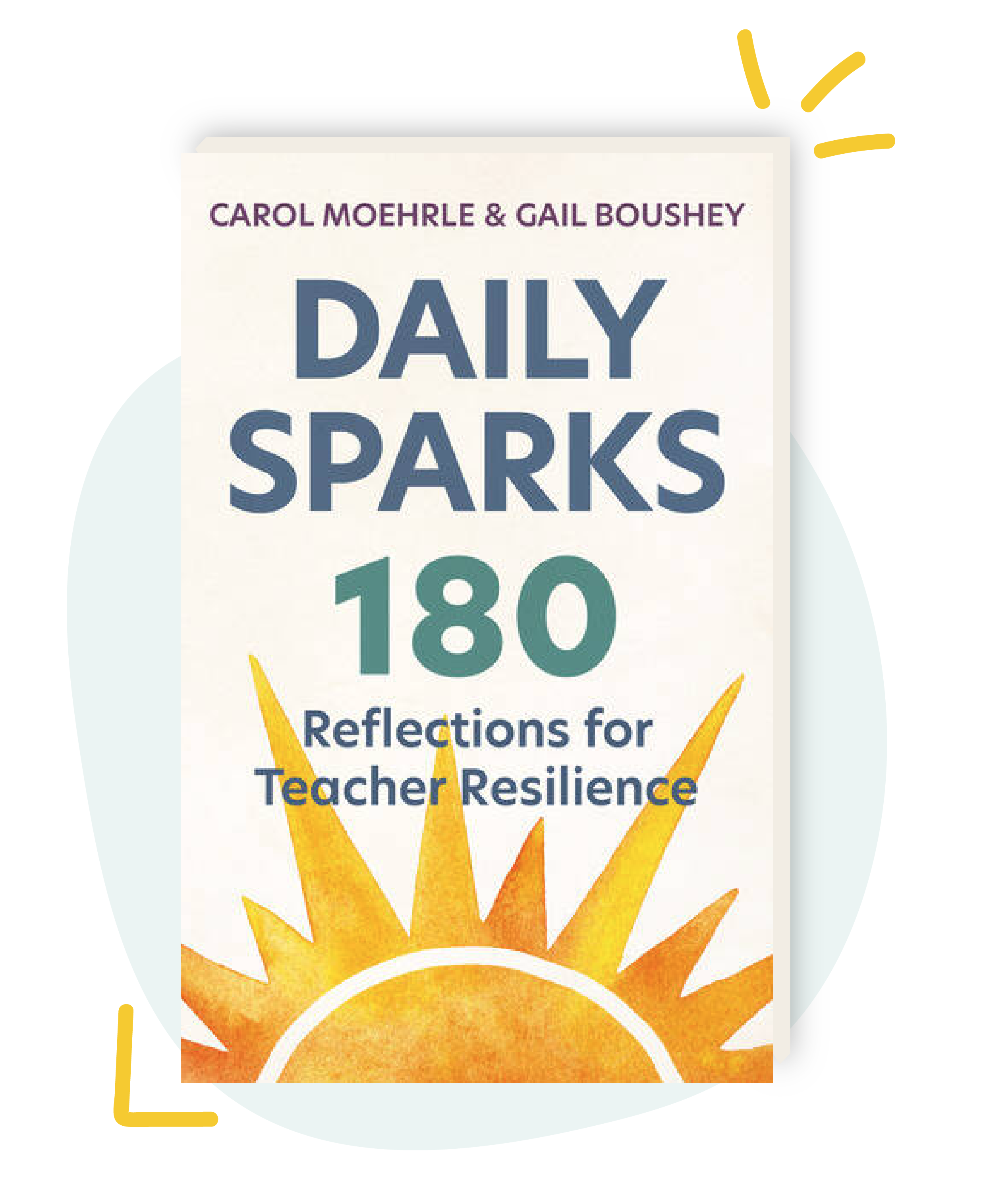
Last weekend, I found myself surrounded by family at a reunion that spanned four generations. It was one of those rare, beautiful gatherings where babies were passed around, stories were retold (again), and cousins who used to play tag together were now chasing their own kids around the yard.
As I sat and watched the next generation of parents in action, something struck me: Even though we all come from the same family, we do things very differently.
One family had strict pool rules—no running, no diving, and adult supervision at all times. Another had more relaxed boundaries, trusting their kids to swim safely. Sunscreen routines ranged from hourly reapplications to “we’ll put it on once and hope for the best.” Snack expectations varied too—some kids asked before grabbing anything, others grazed freely. There were differences in how kids were disciplined, how they were spoken to, and how much independence they were given.
None of it was wrong. In fact, it was a respectful, loving mix of parenting styles. But it was clear: These were differences. Not better or worse, just different.
And naturally, it made me think about the classroom.
Every fall, we put 25 or 30 students into a room together and expect them to know how to “do school.” But they come from different families, with different rules, expectations, and rhythms. What one child considers respectful might not be the same for another. What one sees as normal behavior, another has never experienced. And yet, we expect them to follow the same classroom norms.
That’s why routines matter. That’s why expectations have to be taught—not just said once, but modeled, practiced, revisited, and clarified. We can’t assume everyone’s starting from the same place just because they’re in the same room. Routines level the playing field and give every student the opportunity to understand what’s expected, how to be successful, and how to belong.
Families pass down traditions and values, but so do classrooms. And just like parenting, teaching isn’t about getting everyone to do it our way—it’s about guiding students toward a shared understanding while honoring the many paths that brought them to us.
So as you step into your classroom this year, remember, your students didn’t all arrive with the same rule book. But with patience, clarity, and care, they can learn to build one together.
This article might be missing links that were included at the time of publication.


